


New T1 Analysis Manual, Video
A new manual and corresponding video are presented that show how to use Topspin 3 to process and analyze T1 relaxation measurement data to extract T1 values. The illustrations correspond to 1H data, but can be applied to normal pseudo-2D T1 data for other nuclei. This does NOT cover data acquisition – just analysis.

Upgrades to Topspin 4.4.1 from TS4.2.0
The Topspin software on 500-3 has been upgraded from version 4.2.0 to 4.4.1. This post illustrates notable changes, including automatic queuing, the new “apbk” autophase/baseline button, and new aspects of the interface. Expect 600-1 to be upgraded like this soon.
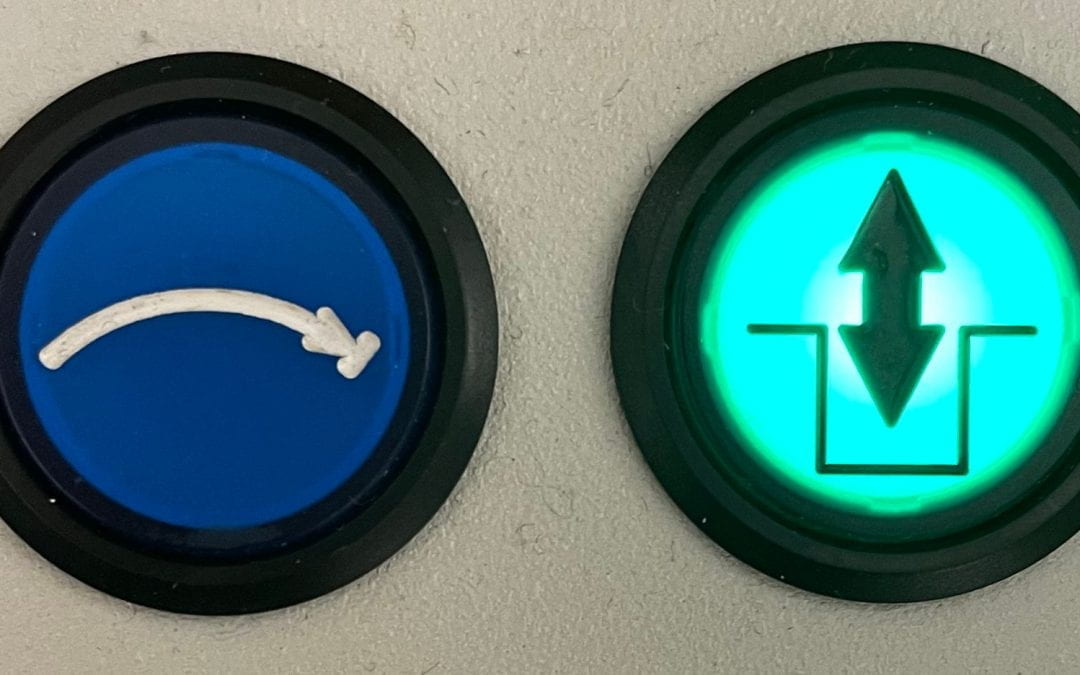
Using an Autosampler Manually
Very soon, all the instruments in the UChicago Chemistry NMR Facility will be equipped with autosamplers, including the manually-operated ones. Two questions may come to mind: How? Why?

Quick Orientation to Topspin 4.2
The software running 500-3 and which will be running 600-1 is version 4.2.0 of Topspin. It works mostly the same as the Topspin we’ve been using, but there are some important differences to note. This post covers some of the key differences you’ll encounter right away.

Improved Datastation Environments, Data Availability
SUMMARY The data availability scheme for the NMR facility has improved in several ways, beginning in December 2021. See: https://chemnmrlab.uchicago.edu/data/ for specific instructions. New spectra are now automatically copied to datastations nmr15/50 and nmr8/60...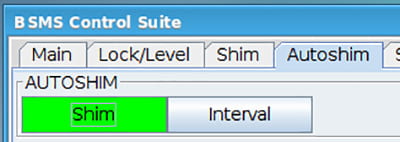
Autoshim – Important for Long Experiments
Here’s a tip for you when acquiring long experiments manually: use the Autoshim feature. Located in the BSMS control window, clicking “Start” will ensure your shim quality stays good over long periods (~4+ hours). But when you’re done, be sure to click “Start” again to toggle it off, or else it’ll continue operating when the next user is trying to run, which will surprise them and give them inconvenience.
Success with the “-opt” 2D experiments in automation
The most common 2D experiments on the automated systems work best if you choose the one whose names end in “-opt”; these experiments examine a preliminary PROTON8 experiment and reset the 1H spectrum window in the 2D so you get the best resolution. It’s very easy to set up, but things can go wrong if you make changes or decide you need a 2D after the 1H 1D has already been acquired. Here are some tips for success.

1D NOESY made easy
Many chemical structure questions can be answered with 1H-1H distance estimates derived from the 1D NOESY experiment. There are a variety of ways to set up this experiment, but we now have two short videos that UChicago users can access with their phones at the spectrometer – no homework or special prep required.

Harmonized 1H, 13C 1D, 2D Parameter Sets
Tweaks have been made to all default 1H and 13C 1D and 2D experiment parameter sets so they have been tested as effective and are the same on all spectrometers. If you have a 10mg properly-prepared sample, you are assured of getting good data using default parameters with these experiments no matter which instrument you use.
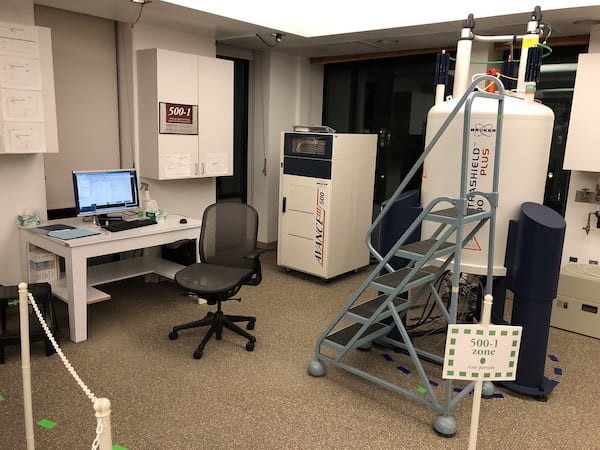
500-1 Open for Business + Gauging Performance With Carvone
500-1 is open, supporting walkup experiments in Searle. It’s outfitted with a different probe to provide better 13C sensitivity and capabilities of observing 31P, 11B, 195Pt, and more. Spectra are shown for a standard 10 mg/mL sample of carvone to provide a visual basis for comparison.
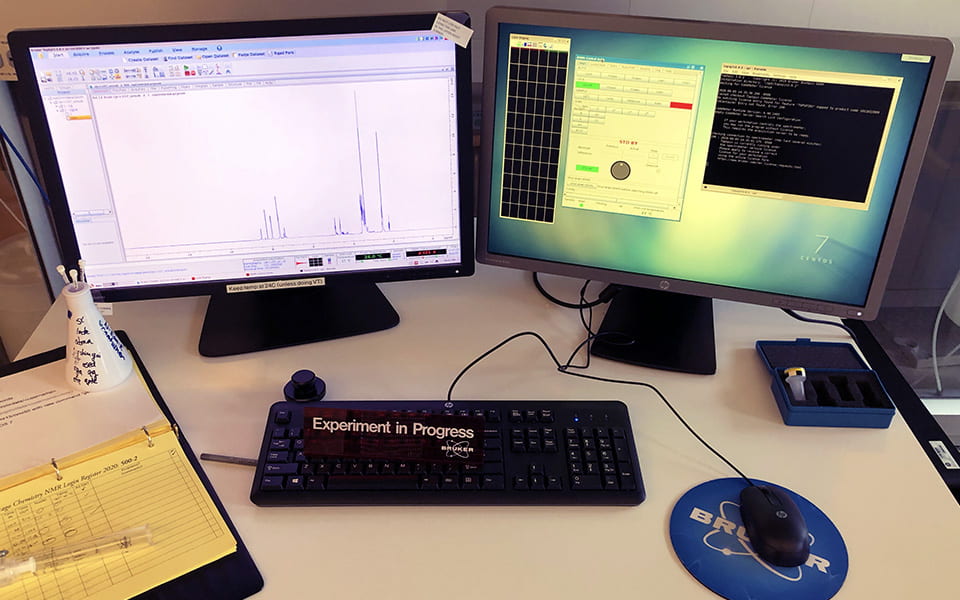
500-2 Computer Upgrade
Exciting news! The long-anticipated upgrade to the 500-2 computer is here! Main differences Two monitors (see photo) Log in with your “new” username/password (the ones provided as part of reapplication) CentOS 7 operating system Logging in and out is...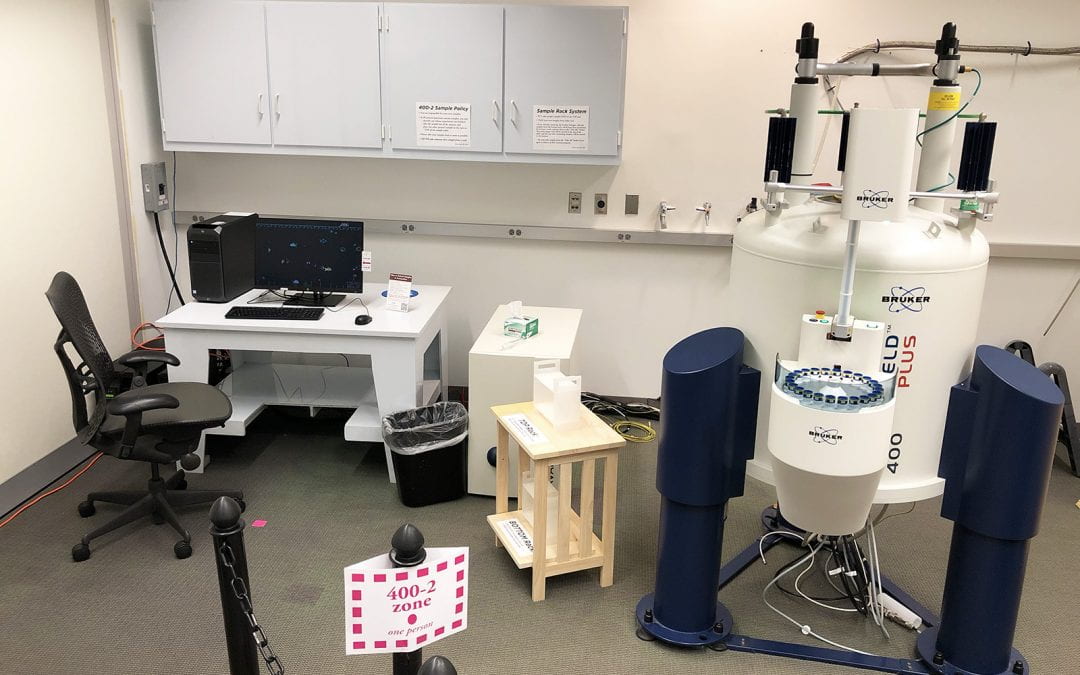
NEW 400-2 IS ONLINE!
The new 400-2 is ready for use! With this upgrade, the spectrometer has transformed into an automated high-throughput engine for routine data acquisition. “Routine” now includes a variety of standard 2D experiments, plus 1D experiments for a growing assortment of NMR-active nuclei.
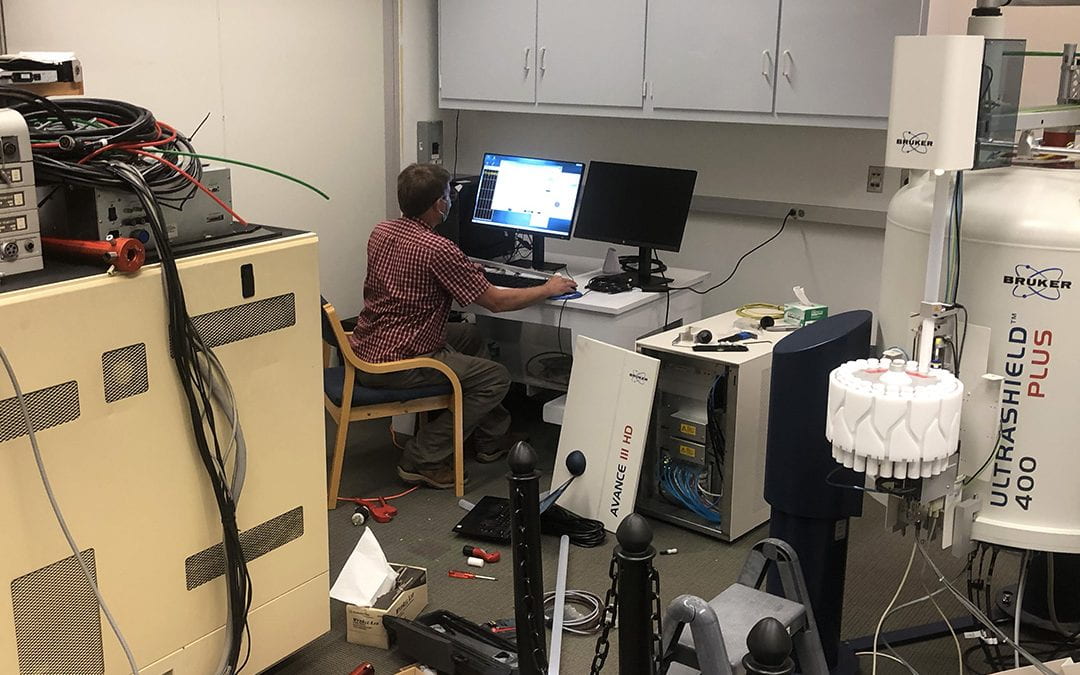
Managing Expectations for Second Week of Phase 2 Reopening
Major events took place in Week 1 of reopening, including a number of hardware and software upgrades to NMR systems. For Week 2, expect to continue using 400-1 for routine work. Other systems are actively being configured and upgraded in various ways, so please be patient.
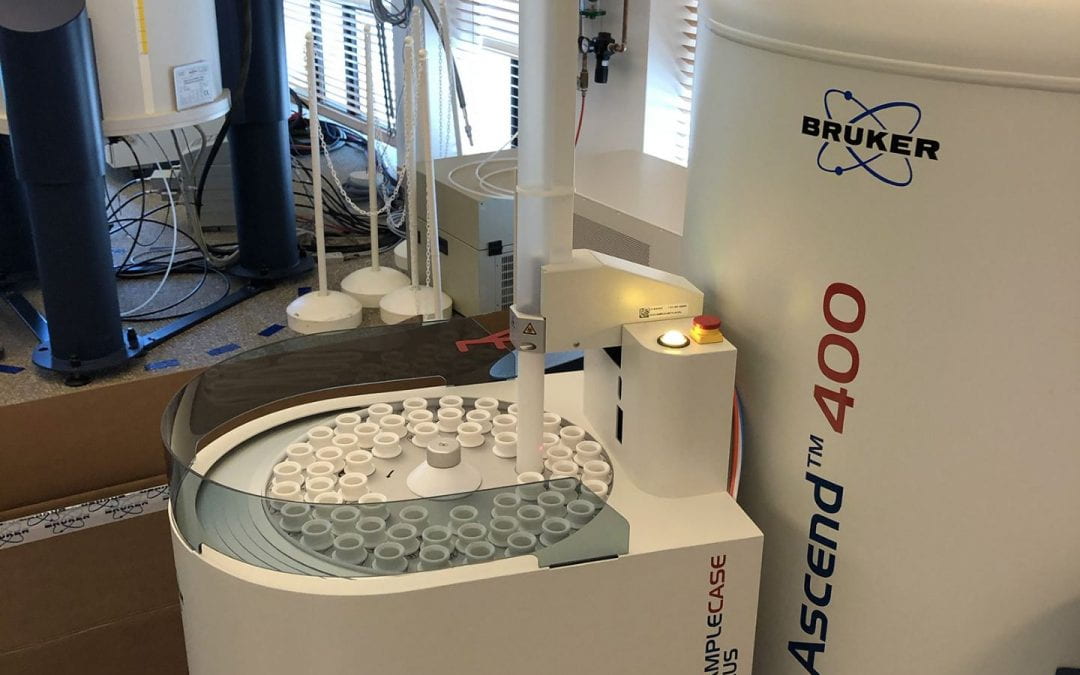
400-1 Getting its Autosampler Upgrade
Monday, June 15, 2020 is turning out to be unusually eventful for the NMR Facility. Not only are we partially reopening from the COVID-19 pandemic quarantine, but it’s our first day installing new equipment. Today, Bruker engineer Lance Ballard is upgrading the...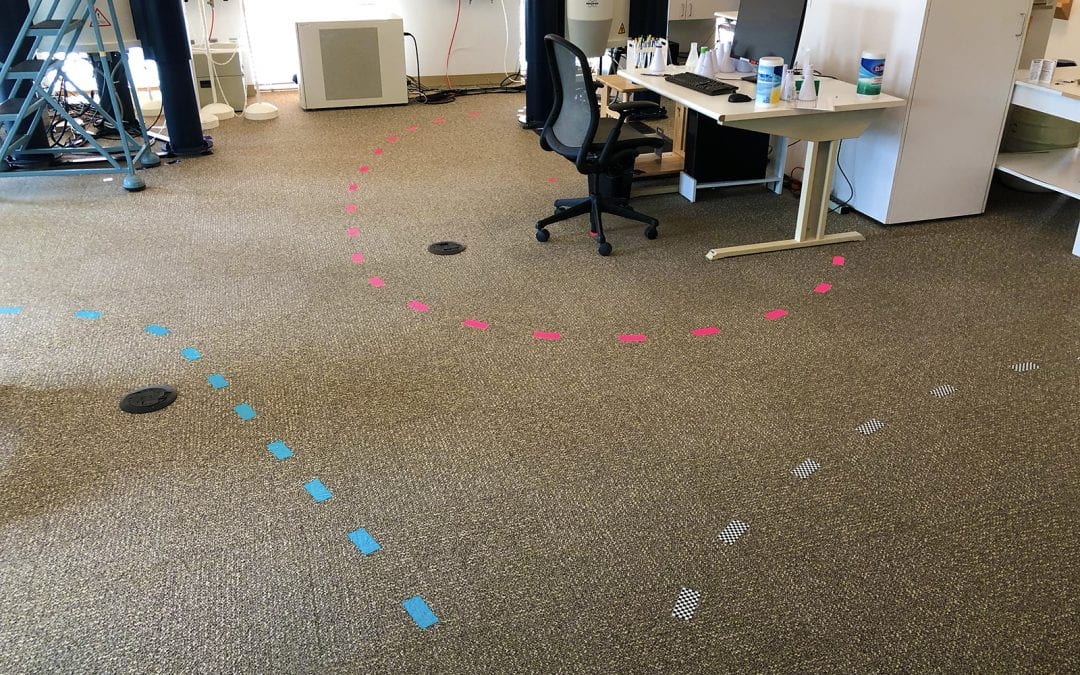
Managing Expectations for First Week of Phase 2 Reopening
Hi NMR Community. Before launching into Phase 2 Monday, I want to manage some expectations regarding NMR use. The points below reflect key elements on the facility’s reopening plan, but the plan hasn’t yet been formally approved by the university. If...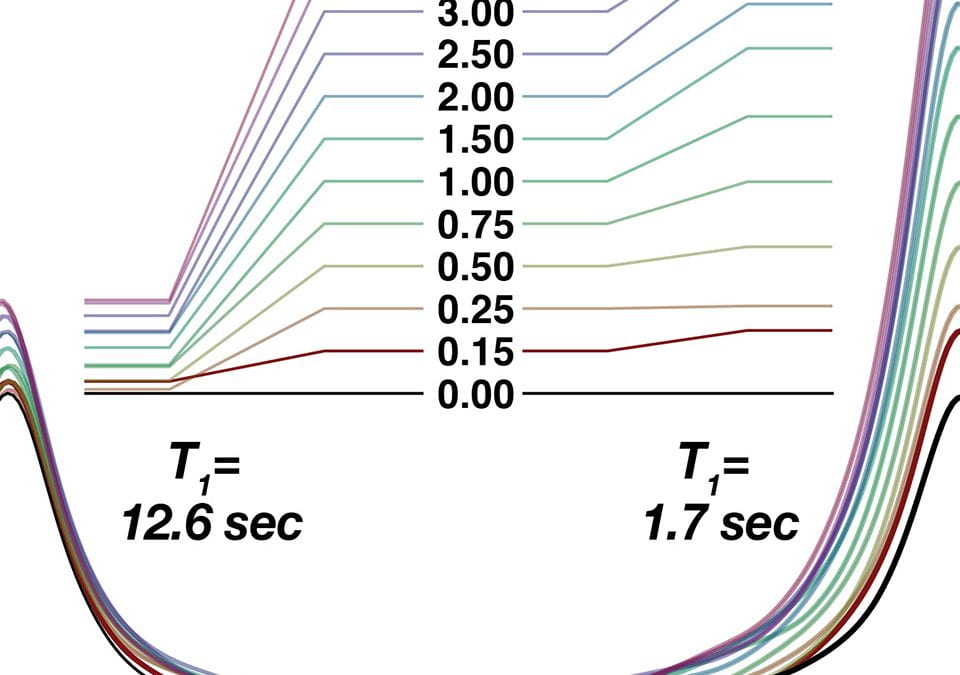
Optimized Default 13C Parameters
The Point: A new set of default parameters, named “CARBON”, has been developed that increases 13C signal strength for all signals relative to traditional parameter settings. Some signal intensities are DOUBLED relative to results obtained with...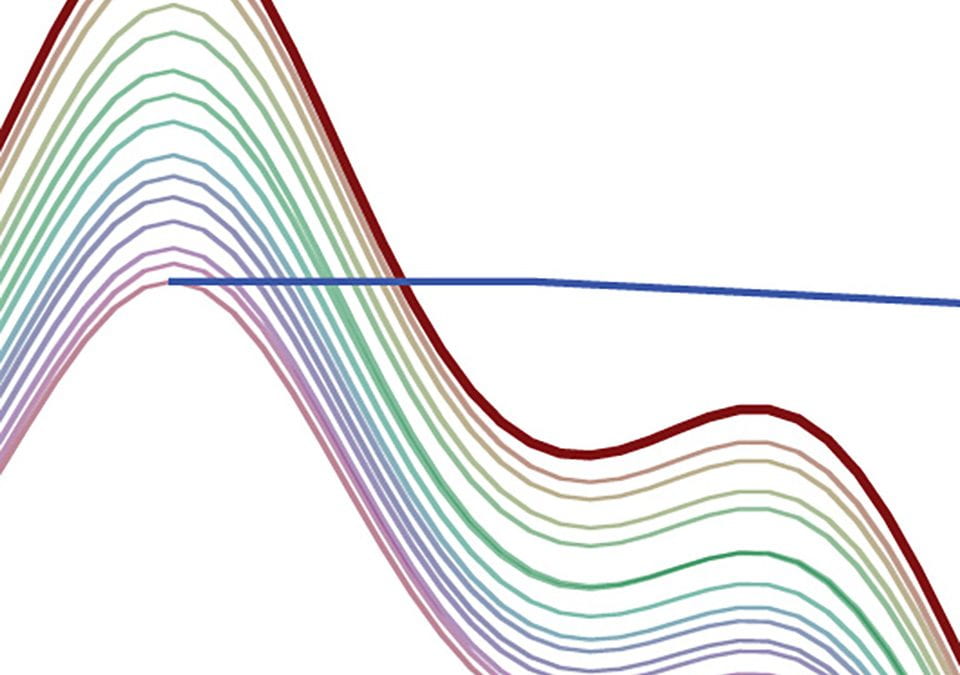
Optimized Default 1H Parameters
The Point: Everyday 1H NMR spectra should be acquired with default parameter sets; that’s the whole point of having them. Most data can be acquired in one scan (params = PROTON1). If you want more than one scan, you should use PROTON8, even if you’re going to change...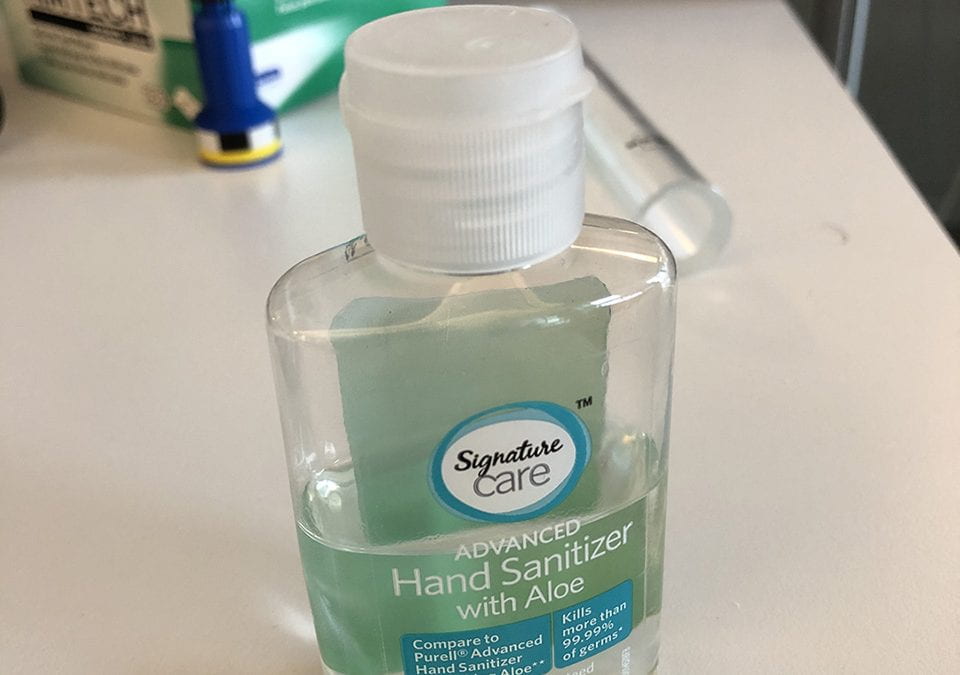
NMR Facility Shutdown – COVID-19
The NMR Facility will shut down for an undetermined period starting Friday, March 20 in response to the COVID-19 pandemic. See post for precise timing.

Automated 7Li NMR on 400-1
7Li NMR is now an option on 400-1, our automated instrument in Searle.
Project: Migrate!
To provide a uniform high-performance lab experience for all users, the NMR Facility will soon be migrating all spectrometers’ software and operating systems to the same platforms: Topspin 3.6.2 and Centos 7. When complete, each user’s Topspin interface...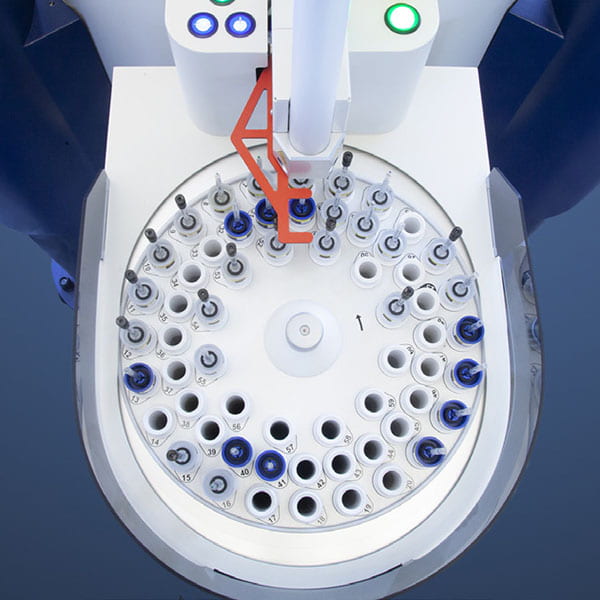
400-2 is getting an upgrade!
Good news, everyone!
Thanks to the Dean of the PSD for providing funding, we’ll be upgrading 400-2 with a new console, probe, and autosampler! In mid-2020, we should see the instrument transform into something akin to 400-1, but with a more current-model probe and a 60-sample carousel on the SampleCase autosampler.
